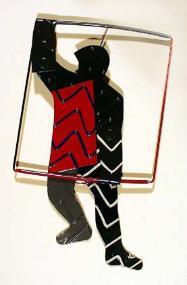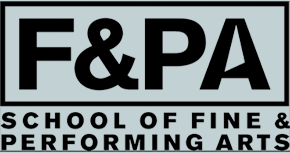Fresh Metals
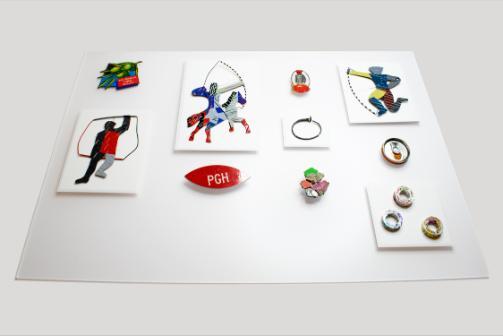
Makers have always looked first to the materials around them when creating jewelry. Where we once might have found bone, wood, or stone, now we may find scraps of metal, plastic packaging, and other industrial or commercial rubble. These found materials might be familiar to us, and what we know about each particular can, nail, or bottle will affect how we understand these works.
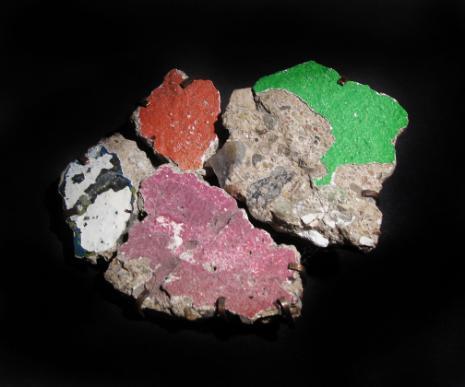
Robert W. Ebendorf, Berlin Wall Brooch, 2005, composite material, stone, copper, gift of In Loving Memory of Hermann Jünger & When the Berlin Wall Came Down, 2009.034
The powerful brooch in this first image, mae by prominent metalsmith and educator Robert Ebendorf in 2005, features pieces of the Berlin Wall. A monumental object, syumbolic of war and division, reduced to rubble, and then recontextualized into a work of art that asks us to consider the deep meaninh and memory that objects and materials can carry.
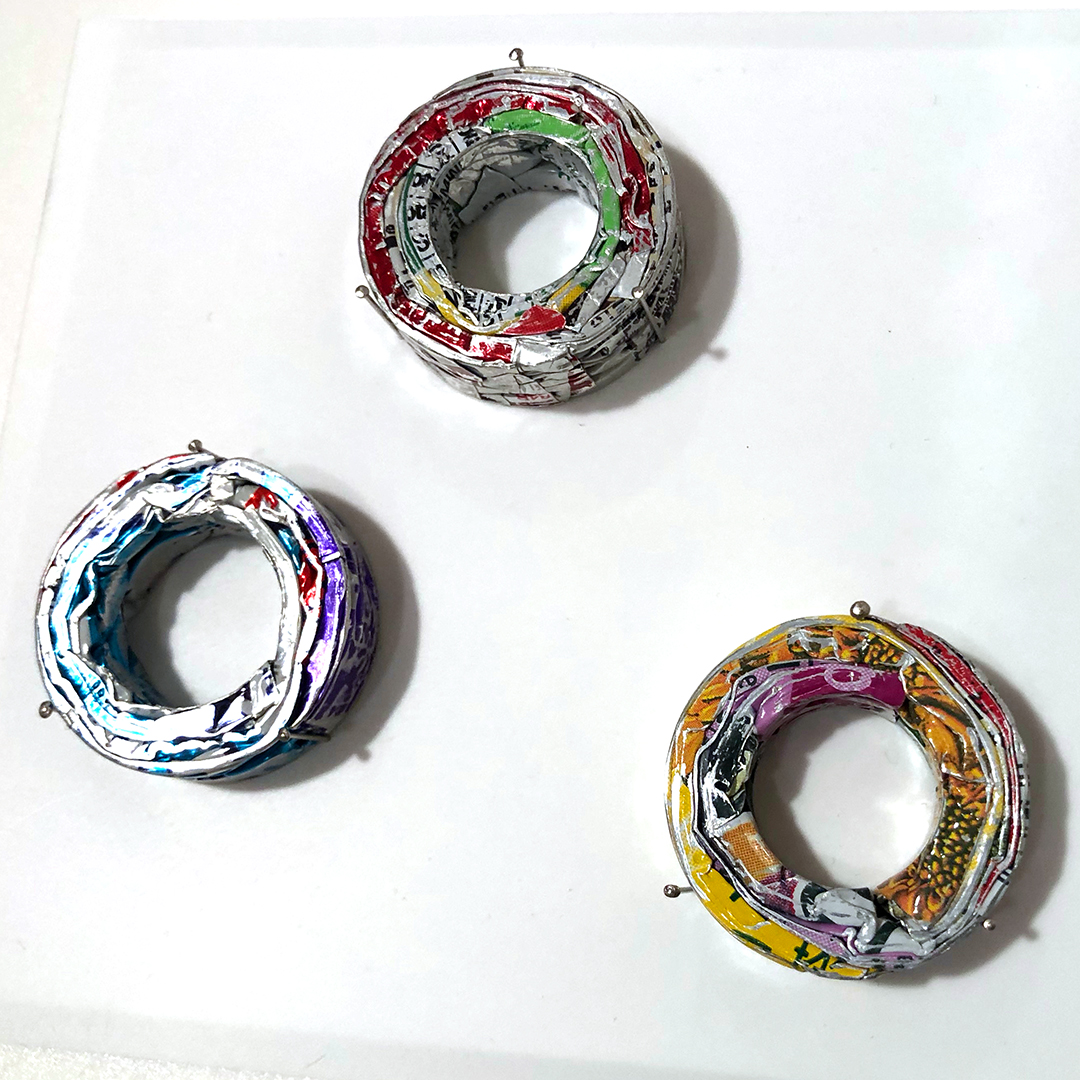
Mason Matthew Douglas, Compressed Soda Can Rings, 2001 Aluminum, gift of Mason Douglas, 2001.035.001-2001.035.003
"Found" features works by J. Fred Woell, Mason Matthew Douglas, and Barbara Seidenath. These artists have transformed found obhects into works of art that ask us to question the cultural and historical meaning of their materials and imagery.
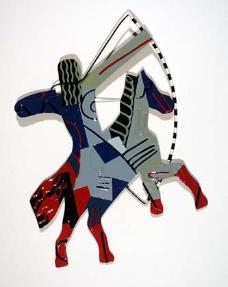
Esther Knobel, Archer on Horseback Brooch, 1984; Frame Man Brooch, 1984, tinplate, enamel paint, gift of Robert W. Ebendorf, 1996.013.028.003, 1996.013.028.002
In a grouping of contemporary jewelry and metalwork called “Found,” there are 3 brooches made in 1984 by Polish/Israeli artist Esther Knobel. Each of these expressive, kinetic pieces featuring warriors and athletes is made from recycled tin cans painted with the bold colors of the original consumer product. Immersed in the rise of the New Jewellery movement kicked off by Gijs Bakker and Emmy van Leersum a few years earlier, Knobel used found and non-precious materials to create pieces of jewelry that turn away from the expensive in favor of vivid narrative and bold composition.
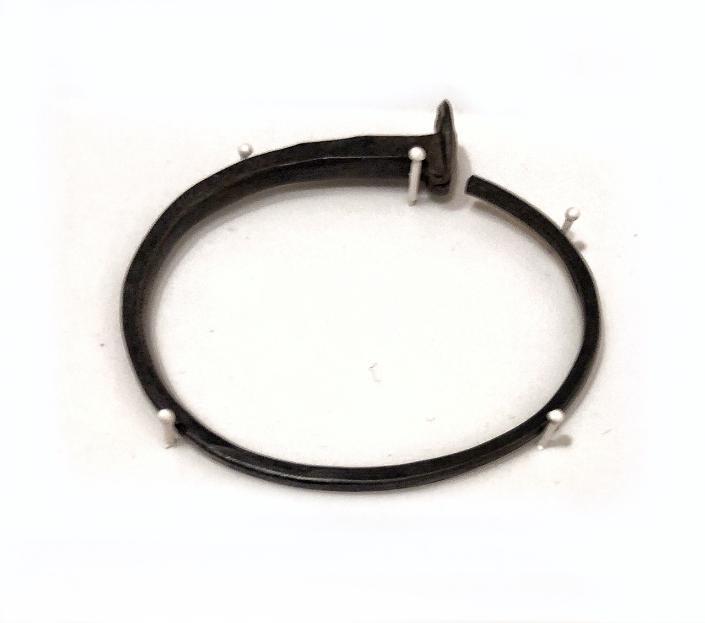
Tone Vigeland, Bracelet, ca.1975, iron, gift of Robert W. Ebendorf, 1999.031.003
Knobel’s work, reminiscent of traditional folk art, is often a vessel for memory, sorrow, and sentiment. These warrior figures could be seen to refer to the histories of conflict and contestation over land and territory in her home region through the centuries. However, Knobel has stressed that her works are not meant to be political, but simply intended as playful, enjoyable wearable art-objects.
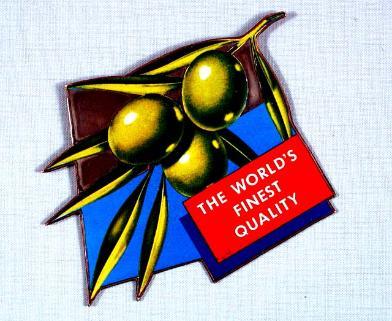
Barbara Seidenath, Brooch, ca. 1982-83, copper, tin, gift of Robert W. Ebendorf, 1997.014.001
